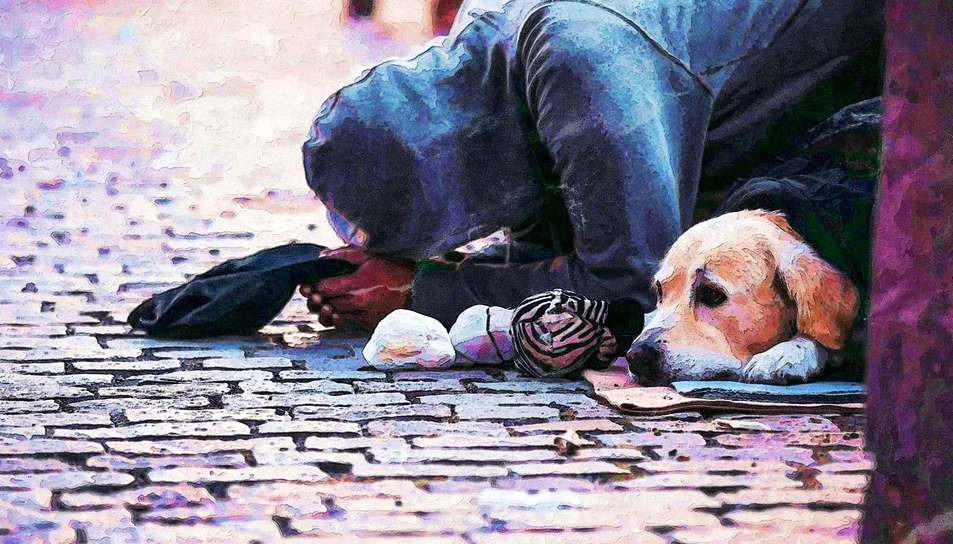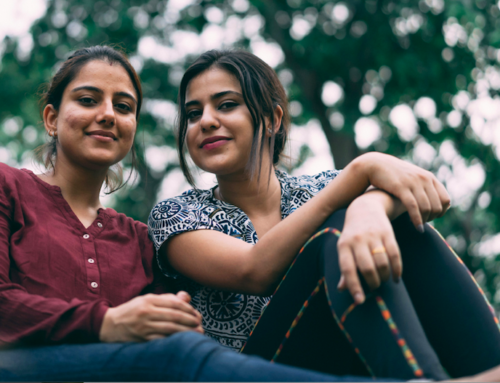The difficulty of life in poverty is a prevalent issue that has garnered continuous attention as the world continues on its path of globalization. However, the finer details of the lives of the very poor often escape our attention. A greater understanding of what life is like in extreme poverty allows us to more effectively target our resources toward helping solve some of the world’s most pressing problems.
Noted economist and student of the poor Esther Duflo has dedicated vast amounts of research to studying the causes and effects of poverty. In a descriptive article in 2007, together with Abhijit Banerjee, Duflo details the lives of the poor by explaining some of the choices they face between education, nutrition, investments and other expenses.
Duflo uses household surveys of the extremely poor, those who live on less than $1.08 per day in developing countries, to study the budget constraints that the poor grapple with on a daily basis.
When one considers the difficulties of the lives of the poor, hunger is often the first thing that comes to mind. While the cause of hunger is often the lack of funds available for food, we should consider, as are described below, what other expenses often take priority over increasing food consumption.
Duflo uncovered an interesting trend showing that the poor live on fewer calories than in years past and dedicate 50 to 75 percent of their income to food. Although the percentage is seemingly high, they forfeit additional food in favor of other necessary expenses. These choices are detrimental to health, yet this is the reality for many who make extremely difficult decisions between necessary expenses.
One proposed solution to ending the cycle of poverty is education. However, in developing countries such as Cote d’Ivoire and Indonesia, even the government schools charge fees to attend. Duflo found that in Pakistan, the extremely poor are finding money for private schools because public schools have become extremely dysfunctional.
Duflo also writes about how many of the poor are self-employed, yet lack the money to purchase productive assets to further their entrepreneurial goals. Few own land to farm and far fewer can afford the equipment necessary to be wholly productive. This leaves them with whatever they can pull together to generate income. For example, a tailor may have a needle and thread instead of a sewing machine.
Receiving a loan is possible for few of the poor who are looking to jump-start a small enterprise. The microcredit industry has had tremendous impact in helping build small businesses around the globe. However, many of the world’s poor are facing an uphill battle when using microcredit. Duflo points out that, of those studied, many were charged upwards of 3 percent interest per month. Such interest rates are much higher than almost anyone would pay on a loan or a credit card in the U.S.
Additionally, the poor have a hard time finding a safe, reasonable place to save their money. Spending rates increase when savings accounts are available. Additionally, health care expenses usually come at the cost of education or profitable investments, such as seeds for crops.
By studying the intricacies of the lives of the poor we realize that we use many tools every day to improve our financial health that are not available to the poor. As many seek to bring these conveniences to the poor, the hope is that they will be empowered and self-dependent. Clearly, the choices that many have to make are not easy.
John Hoffmire is director of the Impact Bond Fund at Saïd Business School at Oxford University and directs the Center on Business and Poverty at the Wisconsin School of Business at UW-Madison. He runs Progress Through Business, a nonprofit group promoting economic development.
Adam Turville, Hoffmire’s colleague at Progress Through Business, did the research for this article.





